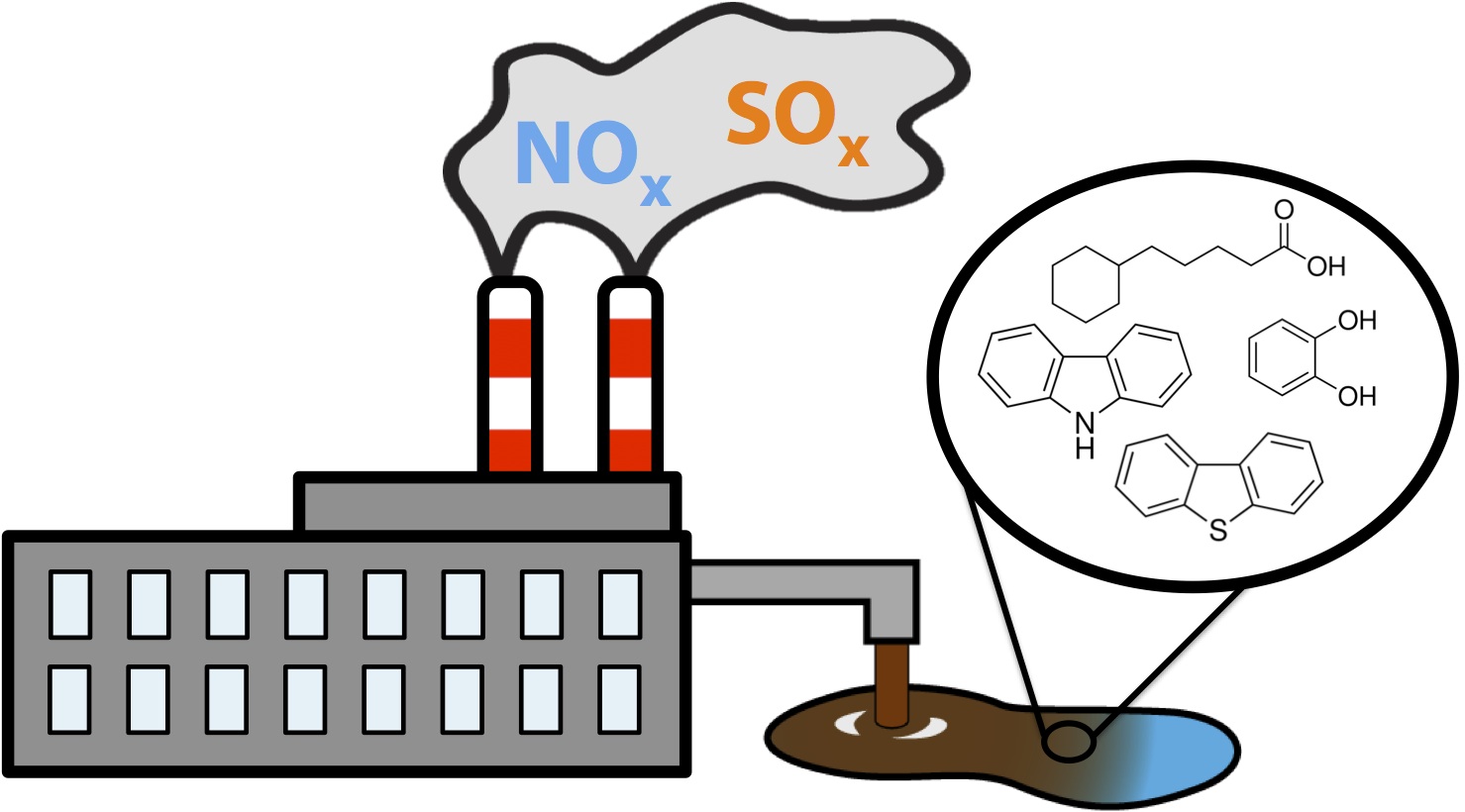Team:Calgary/Project
From 2012.igem.org
Rpgguardian (Talk | contribs) |
Rpgguardian (Talk | contribs) |
||
| Line 4: | Line 4: | ||
<div align="justify"> | <div align="justify"> | ||
| - | <p>The Calgary iGEM team chose to focus on the development on a duel system for the detection and remediation of toxic components in the | + | <p>The Calgary iGEM team chose to focus on the development on a duel system for the detection and remediation of toxic components from petroleum waste. During the production of oil, gas, and many other natural products there is the production of numerous toxic components. These have become a huge problem in our society resulting in land, water, and air contamination. While efforts have been made in developing easy systems for the remediation of contaminated areas synthetic biology may provide a better methodology for being able to detect and remediate toxic environments. Examples of land contamination include the tailing ponds, massive lakes of toxic components produced during the oil extraction process. Tailing ponds are large lakes of toxic components produced as a result of bitumen extraction and the production of oil. Bitumen is a complex mixture of oil components that is extracted to produce oil and gas products useful for society. The raw bitumen is mixed with hydroxide and water to extract the useful hydrocarbon components. After further processing, the useful, high pH, soluble fraction is separated and further processed, while the remaining materials are released into the tailing ponds. |
| - | </html>[[Image: | + | </html>[[Image:Calgary_EnviroToxins.jpg|thumb|600px|center|<b>Figure 3.</b>Figure 1: Environmental Toxins contaminate Air, Water, and Land ]]<html> |
</html> | </html> | ||
}} | }} | ||
Revision as of 07:39, 2 October 2012


Hello! iGEM Calgary's wiki functions best with Javascript enabled, especially for mobile devices. We recommend that you enable Javascript on your device for the best wiki-viewing experience. Thanks!
Project Overview
The Calgary iGEM team chose to focus on the development on a duel system for the detection and remediation of toxic components from petroleum waste. During the production of oil, gas, and many other natural products there is the production of numerous toxic components. These have become a huge problem in our society resulting in land, water, and air contamination. While efforts have been made in developing easy systems for the remediation of contaminated areas synthetic biology may provide a better methodology for being able to detect and remediate toxic environments. Examples of land contamination include the tailing ponds, massive lakes of toxic components produced during the oil extraction process. Tailing ponds are large lakes of toxic components produced as a result of bitumen extraction and the production of oil. Bitumen is a complex mixture of oil components that is extracted to produce oil and gas products useful for society. The raw bitumen is mixed with hydroxide and water to extract the useful hydrocarbon components. After further processing, the useful, high pH, soluble fraction is separated and further processed, while the remaining materials are released into the tailing ponds.
 "
"
